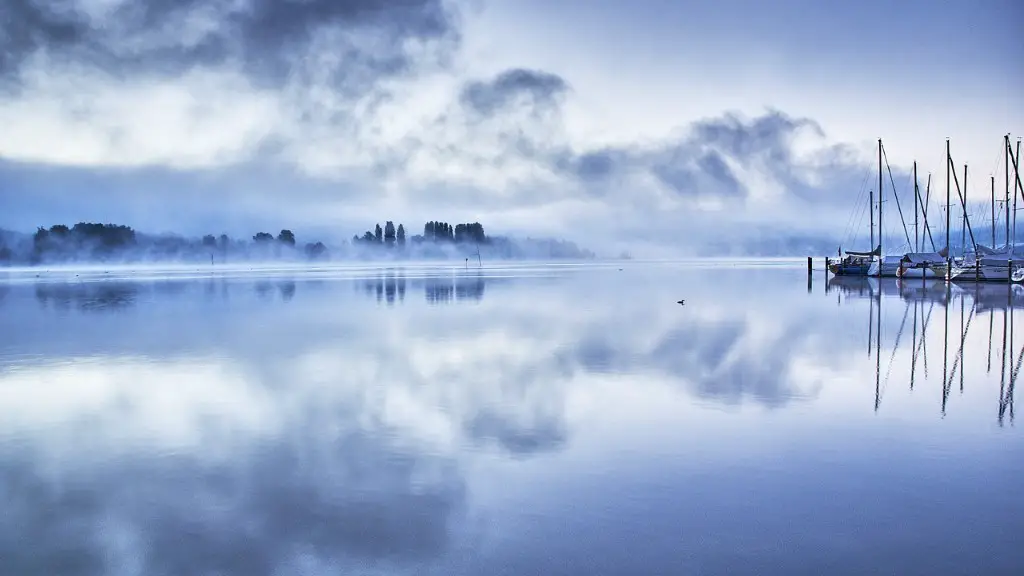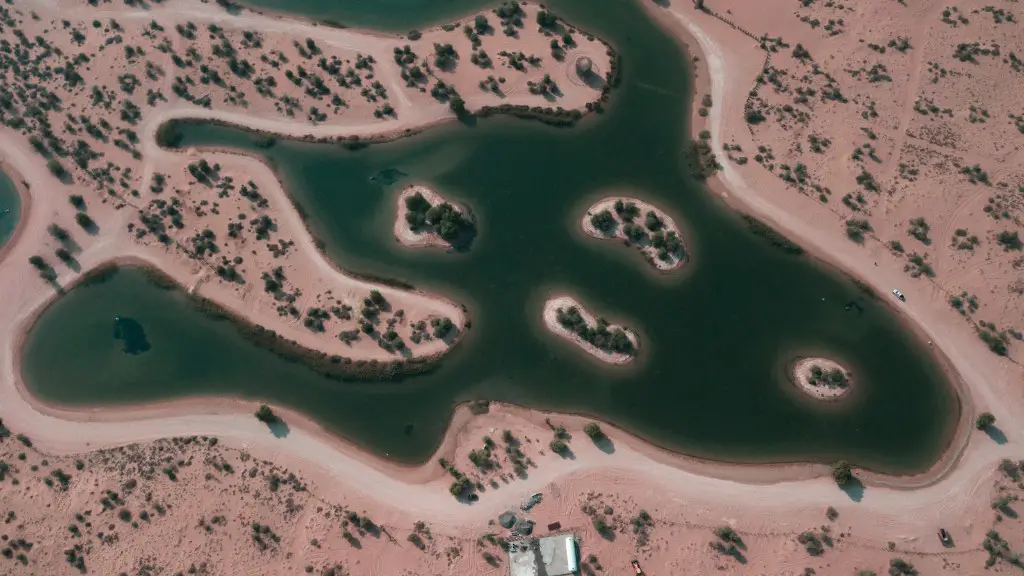Formation and Characteristics
Lake Superior is the largest of the five great lakes, both by volume and surface area, as well as the deepest lake in North America. It has a total surface area of 82,100 square miles and a total volume of 12,100 cubic miles.The lake has an average depth of 483 feet, with maximum depths reaching some 1,335 feet. Lake Superior contributes an amazing 10% of the world’s total fresh surface water. Its size is impressive enough, but what makes Lake Superior even more extraordinary is its diverse and unspoiled landscapes. Its pristine water and secluded shorelines have made it a popular destination for recreation activities such as canoeing, fishing, and kayaking.
Environmental and Economic Importance
The environmental importance of Lake Superior is simply undeniable. Its water serves as an important source of drinking water for the surrounding areas, making it a hugely important resource for nearby communities. The lake is also a key habitat for various species of birds, fish, and other wildlife. Furthermore, the lake is a popular tourist destination and provides numerous recreational and sporting opportunities that draw in both locals and visitors from around the world. The economic importance of Lake Superior is just as important, as it provides countless jobs and brings in substantial revenue through fishing, boating, and tourism.
Cultural Significance
The cultural significance of Lake Superior is much more difficult to quantify, but no less important. It has been home to many indigenous peoples for thousands of years, who have embraced and been deeply connected to the lake and its ecosystem. The Anishinaabe, in particular, have known the lake as Gichi-gami, or “Big Water”—a testament to its impressive size. Lake Superior has also been the subject of countless works of art, from paintings and photographs to poems and songs. The beauty and awe-inspiring size of Lake Superior has come to embody and be a reflection of the culture and heritage of the surrounding communities and of the region as a whole.
Consequences of Pollution
Like any large body of water, Lake Superior is constantly under threat from pollutants. Its clear waters are vulnerable to a variety of issues, from industrial runoff and agricultural runoff to trash and sewage. The biotic life of the lake, which consists of numerous species of fish, insects, and microscopic organisms, is particularly sensitive to runoff and pollution. In particular, phosphorous, nitrogen, and mercury have been known to significantly affect the ecosystem of the lake. If left unaddressed, the pollution could cause significant damage to the lake’s environment and the creatures that live within it.
Preservation Efforts
Fortunately, numerous organizations are working hard to protect and preserve Lake Superior in all its glory. From coastal cleanups to plant-eating fish and conservation efforts, there is a great deal of effort being taken to ensure that the lake remains healthy and protected in the years to come. In addition, many local communities are striving to reduce their pollution by making efforts to reduce their own emissions, as well as supporting clean energy initiatives. The overwhelming majority of these efforts seek to ensure the longevity of the immense resource that Lake Superior provides.
Location and Connection
The physical location of Lake Superior at the northern most point of the Great Lakes makes it an important nexus between countries and states. Its unique geography and its connection to the Atlantic Ocean has long made it an important trade route, as well as a cultural and political border between the United States and Canada. The lake functions as a kind of shared access point between countries, states, and cities, and its importance as a trade and transportation hub can never be understated.
Conclusion
The importance of Lake Superior to the environment, economy, culture, and connection cannot be overstated. It is truly one of the most impressive and awe-inspiring examples of nature’s power and beauty, and it is our responsibility to ensure its protection for the benefit of future generations.

